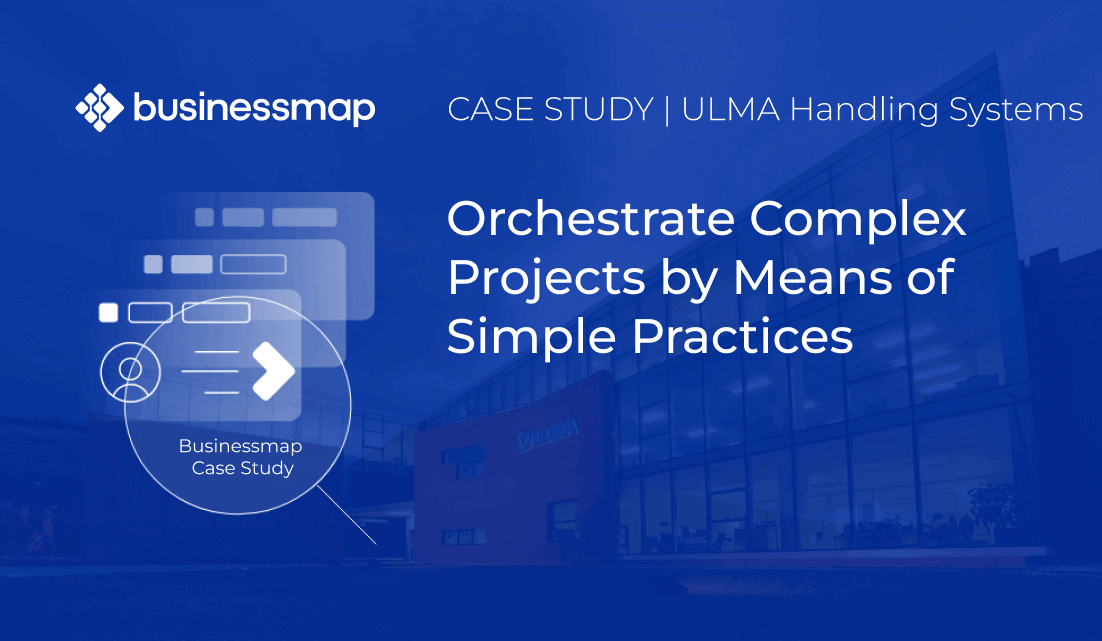
Introduction
Managing long-term projects that develop complex technical solutions, involve multiple teams of specialists, stakeholders, and suppliers is a challenge. ULMA Handling Systems has shown that the integration of Kanban practices in the project and portfolio management process allows keeping such projects under control and facilitates meeting their deadlines and requirements. This case study describes the steps the organization has taken and the key factors that have made it possible for them to successfully orchestrate large projects with a high level of difficulty.
Their projects characterize by ideation and development of complex engineering solutions, strong delivery time constraints, the involvement of different specialist teams (industrial engineers, software developers, technicians, etc.), many stakeholders and suppliers, meeting regulatory requirements, and very high product quality expectations. The typical project duration is between 1.5 and 2.5 years.
Challenges
You might think that the technical requirements of this type of projects should be specified and agreed at the beginning of their life cycle so that the engineering, development, and production work can be properly conducted afterward. This is far from the truth. Modifications to project scope and requirements occur on numerous occasions and in practically any phase of the project life cycle. Consequently, they affect many aspects of the endeavor: the technical solution, the completion of the project deadlines and milestones, budget requirements, agreements with suppliers, external developments, the internal workload and scheduled work of all stakeholders, as well as the planning of other projects.
By 2019 the organization had invested in creating the Project Management Office (PMO), providing the best training to their project managers and the necessary management tools. Nevertheless, they missed visibility in the overall project state as well as effective means of communicating unforeseen events and other issues related to the daily project monitoring. Their perception was that the decision-making was slow and, hence, was increasing the delays.
Key Objectives, Concerns, and Approach
In October 2019, UHS revised and updated its key
objectives as follows:
• Obtain visibility in project status at all levels: business
area, project level, multi-project level.
• Work in a coherent manner.
• Speed up decision-making.
• Meet project deadlines.
• All this by means of a process that is natural to UHS and owned by them, instead of an imposed method inappropriate to their culture and project characteristics.
Introducing a new approach to project management in a large organization conducting complex, long-term and big-budget projects is not trivial. Naturally, it raises several fears and concerns. To get started, it had to be decided whether to begin from a single area, project, or wider scope. Introducing the Kanban practices in various areas at once would have to
meet and resolve the difficulties in all the areas simultaneously, which might turn to be difficult to handle.
Results Achieved within a Year
A year later, UHS are rightly proud of the following achievements:
• Get visibility in the status of project work at all levels
• Availability of commonly shared information to effectively manage dependencies between areas, between projects and such on external stakeholders and providers
• and more, which you can find out in the full case study
Download Full Case Study as PDF










